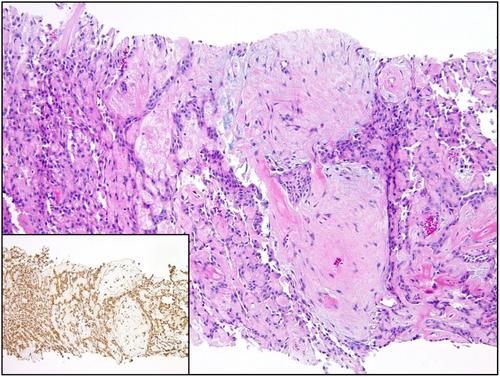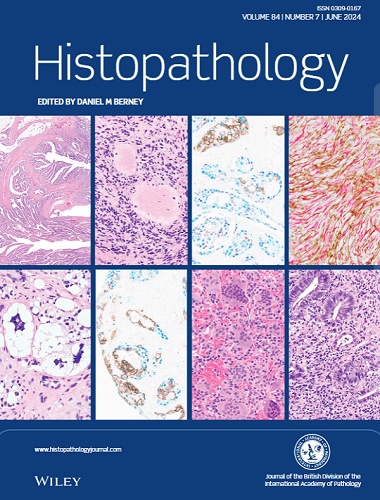Application of the Milan system for reporting salivary gland cytopathology to core needle biopsies of the parotid gland
Abstract
Aims
The Milan system for reporting salivary gland cytopathology was developed by an international group of experts and first published in 2018 with the goal to standardise reporting of salivary gland aspirates. Seven categories with distinct risks of malignancy were proposed. Core needle biopsies (CNB) of salivary glands are also common, but reporting lacks standardisation. Here we explore the feasibility of a Milan-like reporting system on CNB of the parotid gland.
Methods and results
Our laboratory information system was searched for parotid gland CNBs from 2010 to 2021. Reports were translated into a Milan-like reporting system. When available, CNB findings were correlated with cytology and resection specimens. In order to compare the performance of CNB with fine-needle aspirations (FNA), we established a second cohort of cases consisting of parotid FNA with surgical follow-up. The risk of neoplasia (RON) and risk of malignancy (ROM) was calculated for FNA and CNB Milan categories using cases with follow-up resection. We analysed 100 cases of parotid gland CNB. Of these cases, 32 underwent subsequent resection, while 52 had concurrent FNA. A total of 20 cases had concurrent FNA and underwent follow-up resection. In 63 (63%) cases, a specific diagnosis was provided on CNB, with 18 cases undergoing follow-up resection having an accuracy rate of 94%.
Conclusions
This study confirms the feasible of using a Milan-like system in the setting of parotid gland CNB with differentiation in RON and ROM. CNB allows assessment of architectural features that may allow more specific diagnoses in some cases.


 求助内容:
求助内容: 应助结果提醒方式:
应助结果提醒方式:


